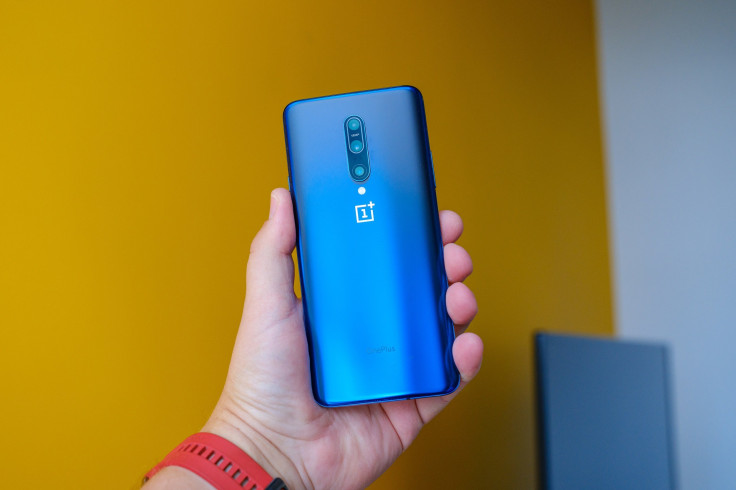Sony In Tough Spot; Couldn't Keep Up With Image Sensor's Demand

KEY POINTS
- Sony invests $6.4 billion to its semi-conductor business
- The company operates 24/7 even on holidays to keep up with the image sensor's demand
- Sony executive admits despite its efforts; the company might not be able to keep up with the growing demand for image sensors
Sony Corporation is reportedly struggling to meet demands for its image sensors used in many smartphones. That is even after the company ramps up its manufacturing operation to full capacity. While the sales of smartphone substantially plateaued in recently, smartphone makers seem committed to equipping an increasing number of cameras into smartphones, which led to increased sensor orders.
Sony Semiconductor Business Unit Head Terushi Shimizu informed Bloomberg recently that its factories are at full capacity all through the holiday period so it could meet the demand. However, despite these measures, the executive thinks that it might not be enough. “We are having to apologize to customers because we just can’t make enough,” Shimizu said. He also revealed that the company is building a new manufacturing plant in Nagasaki that will be available by Apr. 2021.
The image sensor business of Sony is booming because smartphone makers are always improving camera specs to entice consumers to upgrade. The latest camera sensors from smartphone makers’ Huawei and Samsung feature cameras with over 40 megapixels. Apple’s iPhone 11 Pro, meanwhile, houses a triple camera configuration with three isolated lenses, each of which requires its own image sensor.
Additionally, there is an increased demand in net generation image sensors that can view the world in three dimensions. More popularly known as Time of Flight (ToF) sensor, it deploys laser pulses and gauges the amount of time it takes for these pulses to bounce back to create a more in-depth and detailed model. In application, the ToF sensor allows smartphone cameras to make better portrait photos by precisely picking background areas to blur.
Samsung and Huawei already released smartphones with this kind of sensor while Apple might add a 3D camera sensor to its upcoming iPhone series next year. For two years, Sony has been letting its chip facilities operate 24/7 over the holidays. The company also invested a lot of money in increasing its capacity.
Sony is also investing $6.4 billion in its semiconductor business for a three-year period that ends in March 2021. Most of the cash went to the Nagasaki facility, which could increase the image wafer's output of the company from 09,000 to 138,000. However, Sony’s Terushi Shimizu believes, these measures would unlikely change the company’s issue in meeting the growing demands.
© Copyright IBTimes 2024. All rights reserved.






















